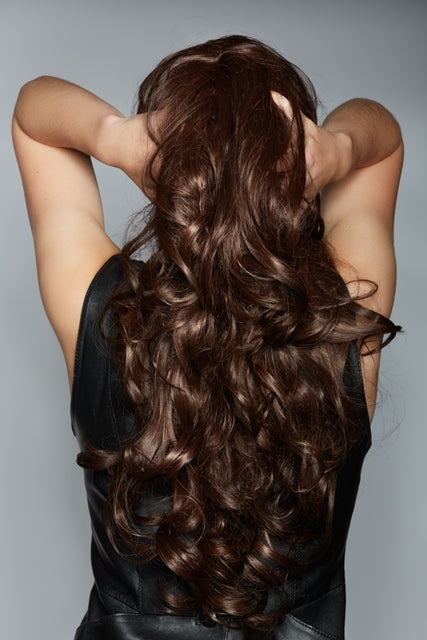1) Overstretching the hair: Do you stretch your hair prior to styling? If so, be sure you are using one of these least harmful methods: twists or loose braids. Banding is another option as well, depending on the tension. On the other hand, tight banding or tight braiding can overstretch the hair and lead to weakened strands. Also, be sure you are stretching on damp hair instead of wet hair. Wet hair will be more susceptible to breakage under tension. Lastly, refrain from using rubber bands or any other harmful hair tie (e.g., cotton) during the drying process.
2) Styling on wet or drenched hair: Hair is most fragile when wet or drenched with water. Styling the hair in this state may lead to mechanical breakage. Depending on the manipulation required for the desired style, it may be better to wait until the hair is damp or damp-dry.
3) Diet low in protein: Hair largely consists of protein (i.e., keratin) which is built from amino acids extracted from foods we put into our body. A diet low in protein can translate into weaker, thinner hair strands (and thus breakage) or even hair loss. Mitigate this issue by incorporating more nuts, chicken, fish, and beans into your diet.
4) Diet low in zinc, iron, and/or Vitamin B-12: A deficiency in any of these nutrients can result in weaker strands (and thus breakage) or even hair loss. Taking a good multivitamin on a daily basis can ensure that you are receiving a sufficient amount of these nutrients. If you are severely deficient in zinc or iron (e.g., anemia), I highly recommend that you see a doctor.
5) Use of sulfate shampoos: Certain sulfate shampoos (e.g., shampoos containing SLS and ALS) can be harsh on the hair thus weakening the strands. Switching to a more gentle sulfate shampoo or a natural shampoo can mitigate this issue.
Related Articles:












